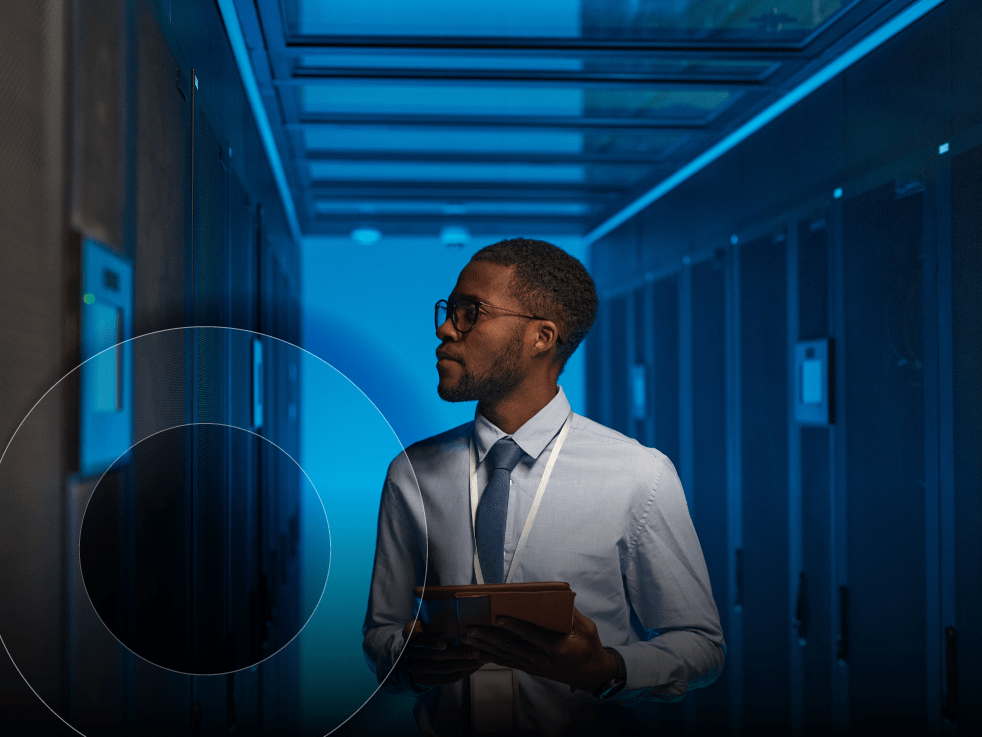Spinning disk is dead: the unavoidable reasons why flash drives are burying hard drives:
Bring out your shovel (and your NVMe).

The words “spinning disk” might conjure images of bicycles or DVDs or vinyl records: technologies that are all still functional but hardly at the forefront. While some people are still scratching records, others are scratching their heads as they consider the future of a different sort of disk: their digital storage. But as this industry continues to evolve, a few key questions emerge: Are hard drives the new vinyl? And if so, are flash drives picking up the needle?
Flash (specifically nonvolatile memory express or NVMe) boasts impressive speeds and is greener in a few senses, both as a newer technology and one that’s better for the environment. Meanwhile, hard drives (often called HDDs or spinning disks) are traditionally championed for their large capacity as well as their long and illustrious life, nearly 60 years in fact. But while 60 years can be a lifetime for humans, it’s an eternity for technology. Over six decades, applications have changed drastically, and so too should our storage layer.
The hole has been dug: Spinning disk is all but dead. You’re reading its eulogy.
Here lie the main reasons its time as your primary storage is over.
Consistency and speed
The first reason is right in the name: Flash offers faster access to serving data and is more consistent in its performance. Part of this speed is derived from the fact that NVMe is highly parallel with its functionality, processing 64,000 command across 64,000 queues. This can best be thought of like lanes on a highway: 64,000 lanes with as many cars in each one. Compare this highway to Heaven to HDD, which has one queue and can do one only operation at a time.
When it comes to accessing any data it’s stored, NVMe clocks in consistent sub millisecond (0.25-0.5ms) access. On spinning disk, the drag is evident: A range of 5-10ms is typical. While that may not seem like much at first glance, each request by a single user to open a Microsoft Word document, for example, could result in dozens of these delays. Those delays add up very quickly, amounting to a virtual “death by a thousand cuts”— but with thousands or tens of thousands of these cuts every second.
Except spinning disks aren’t just slow; they’re inconsistent, too. Even when considering hybrid arrays, which combine spinning disks with a layer of SSDs to speed up performance, they still come up short. Most modern applications require immediate, high-speed access to large bodies of data that are being consumed by an ever-growing user base with an ever-shrinking tolerance for delays. Ultimately, if your website is slowly spinning its wheels, users will move on elsewhere. To avoid these misses, modern applications need a consistent, speedy foundation, one that an all-flash NVMe array can provide.
Efficient build and less risk
It takes a lot more than momentum to make your disk spin, and a lot less than that to power a flash drive. In fact, NVMe has no moving parts. This means less heat and fewer failure points, making it far more efficient and reliable. Not only are breakdown rates lower but flash also boasts much faster rebuild times. And that’s in addition to sporting longer lasting parts.
On the other hand, some may assert that capacity is king, reminding you that select hard drives have eye-wateringly large storage capabilities of late. As of early 2023, there are some 25 and even 50 terabyte hard drive options on the market. While they may seem enticing at first glance, a full total cost analysis will very likely tell a different story. It would ask you to factor:
- The costs of additional electricity and cooling.
- The increased risk of failure.
- The week-long rebuild window of a failed 10TB hard drive.
- The reduced performance during rebuild and increased risks of additional downtime.
- All these issues potentially multiplied by a factor a five for a 50TB drive.
The same can’t be said for NVMe. According to Enterprise Storage Forum, all-flash have 1-2% failure rate, while spinning disks are roughly four times that. Not only is the risk smaller with flash, so are its physical footprint and your subsequent electricity bill.
At the risk of sounding like a broken record, flash is not just the present; it’s the future. Luckily, all major vendors in storage have all-flash and/or NVMe options available. Within those spheres, though, are a multitude of options that can be difficult to navigate. On that front, SHI is here to help. We can assess your current environment, understand your performance and capacity needs, and then compare vendor products to help you choose the right solution for your use case.
Don’t shed a tear for the spinning disk; share in the benefits of its successor, and contact our team to find your flash solution today.




